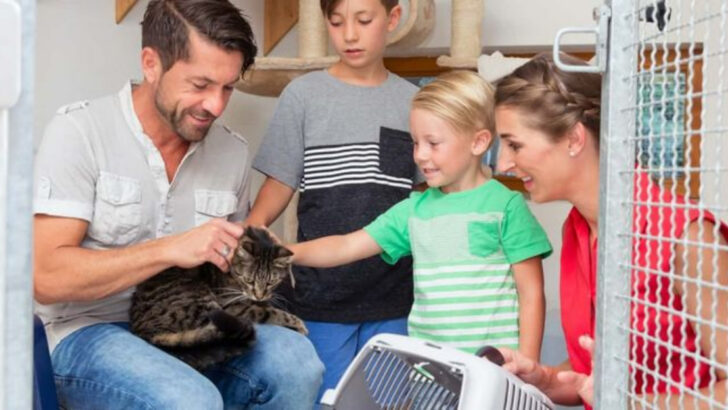Choosing the wrong cat can turn your home into a fur-flying disaster.
One minute you’re dreaming of cozy cuddles, the next you’re chasing a whirlwind up the curtains while your toddler cries and the dog hides under the couch.
Not every cat fits every family—and that’s where the real chaos begins.
Maybe you want a gentle lap companion.
Or a playful mischief-maker.
Or anything that won’t swipe at your guests like they’re walking scratching posts.
The good news? There is a perfect cat out there for your crew—you just need to know what to look for.
Before you fall for the first fluffy face at the shelter, take a deep breath.
Here are 16 no-nonsense tips to help you pick a feline friend who won’t turn your life upside down (unless you want them to).
Consider Your Lifestyle

Are you a busy bee or a homebody? Choosing a cat that aligns with your lifestyle is crucial. If you are often away, a low-maintenance breed may be ideal. Cats like the Ragdoll can be independent yet affectionate, making them great for those with bustling lives.
On the flip side, if you are someone who spends a lot of time at home, a needy, sociable cat like the Siamese might be your perfect match. They thrive on interaction and can provide companionship throughout the day. Tailor your choice to complement your daily routine.
Evaluate Family Allergies

Does sneezing accompany your affection for cats? Family allergies can significantly influence which feline you bring home. Consider hypoallergenic breeds like the Russian Blue, known for its low levels of the allergenic protein Fel d 1.
Before making a decision, spending time with different breeds can help gauge reactions. Consulting an allergist offers clarity and ensures a healthy environment for everyone. Hypoallergenic does not mean non-allergenic, but certain cats may cause fewer issues. Prioritizing health is key to long-lasting feline friendships.
Assess Home Space
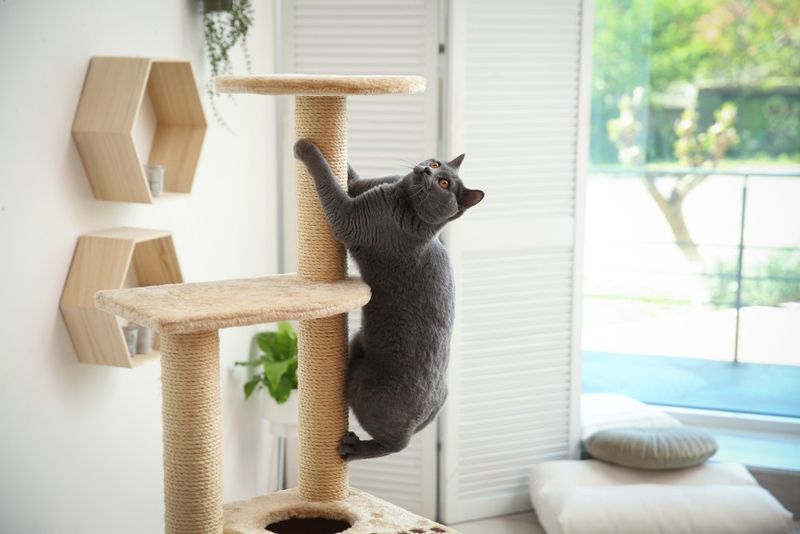
From palatial estates to snug apartments, home size matters when choosing a cat. Breeds like the Maine Coon appreciate room to roam, whereas a British Shorthair is content in confined spaces.
Consider vertical space as well; climbing structures can effectively expand a cat’s territory without needing square footage. Match your home’s dimensions to your future cat’s needs to ensure harmonious living. Proper planning can transform any home into a feline haven. Understanding your spatial limitations aids in selecting a well-suited furry companion.
Personality Compatibility
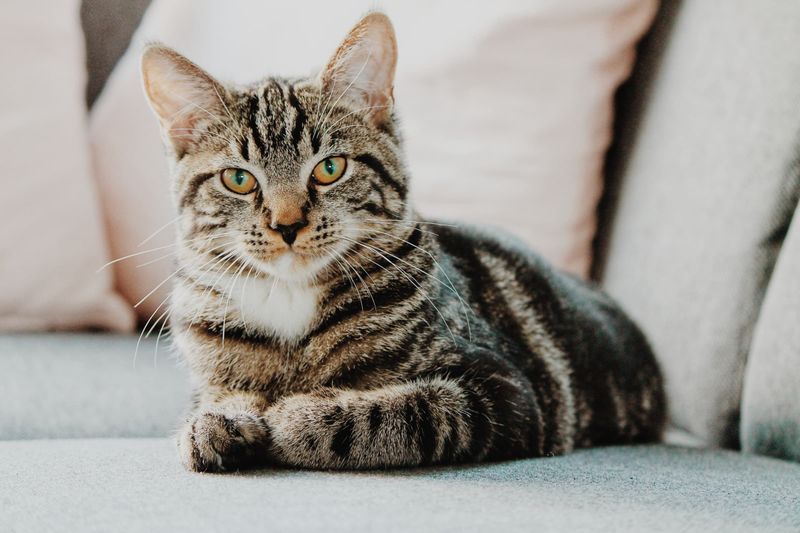
Cats, much like people, have distinct personalities. While some are introverted and serene, others burst with energy and curiosity. If you love a quiet evening, a Persian cat’s calm demeanor might suit you well.
Conversely, a spirited Bengal could keep pace with an active household. Spending time with potential pets offers insight into their quirks and compatibility with your family dynamic. Personality plays a pivotal role in ensuring your new furry member fits seamlessly into daily life.
Research Breeds
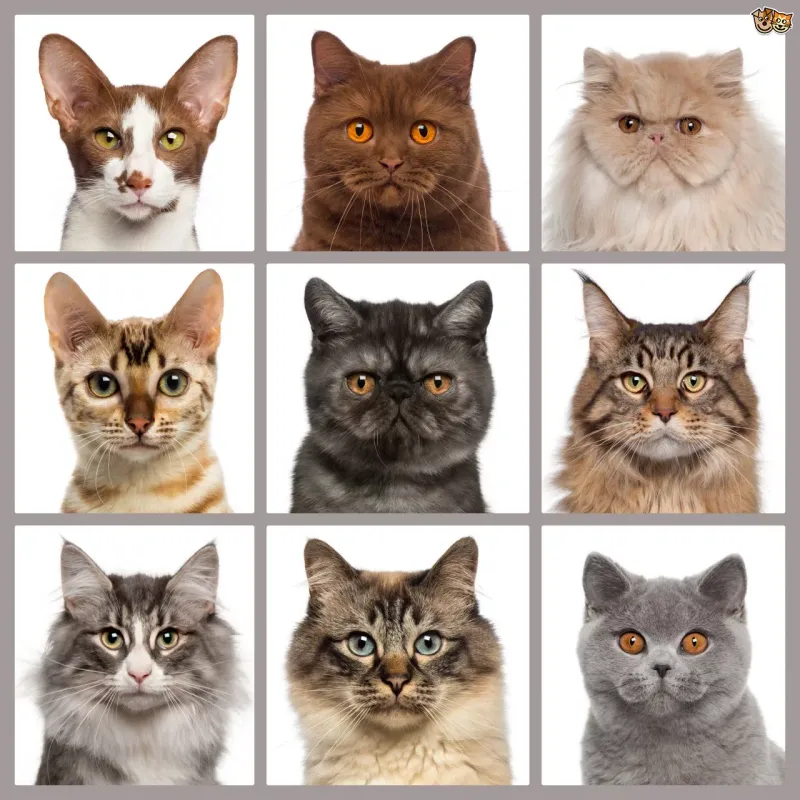
With more than 40 recognized cat breeds, research is your best friend. Each breed comes with its own temperament, grooming needs, and health considerations. For low-shedding options, consider the Balinese or Sphynx.
Alternatively, breeds like the Burmese are known for their playful, dog-like behavior. Thorough research helps align your preferences with your future cat’s needs. Dive deep into breed characteristics to make an informed decision that benefits both you and your feline friend. Knowledge is key to a successful adoption journey.
Consider Age of Cat
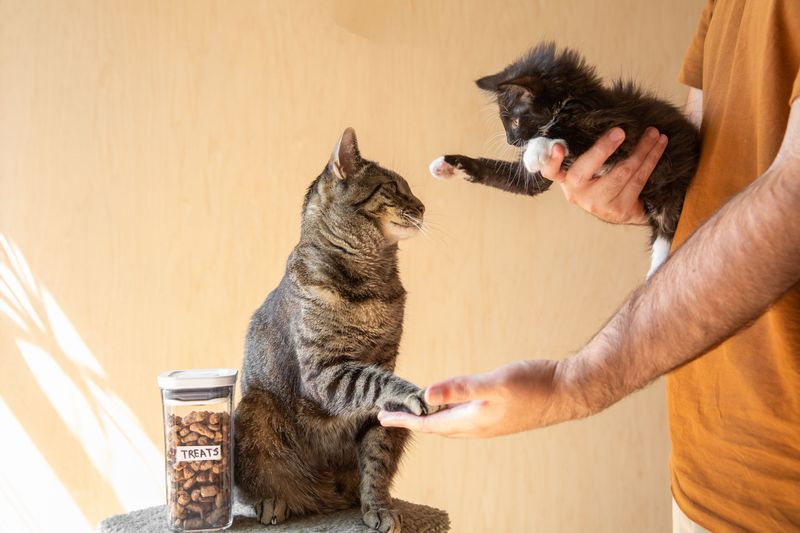
Kittens bring energy and playfulness, perfect for active families willing to invest in training and socialization. On the other hand, adult cats often exhibit settled behaviors and may adapt quickly to new environments.
While kittens require more time and patience, adults tend to fit seamlessly into existing routines. Evaluate your capacity for care and choose an age that complements your lifestyle. Both options offer unique joys and challenges, so determine which aligns best with your household dynamics.
Meet Before You Adopt
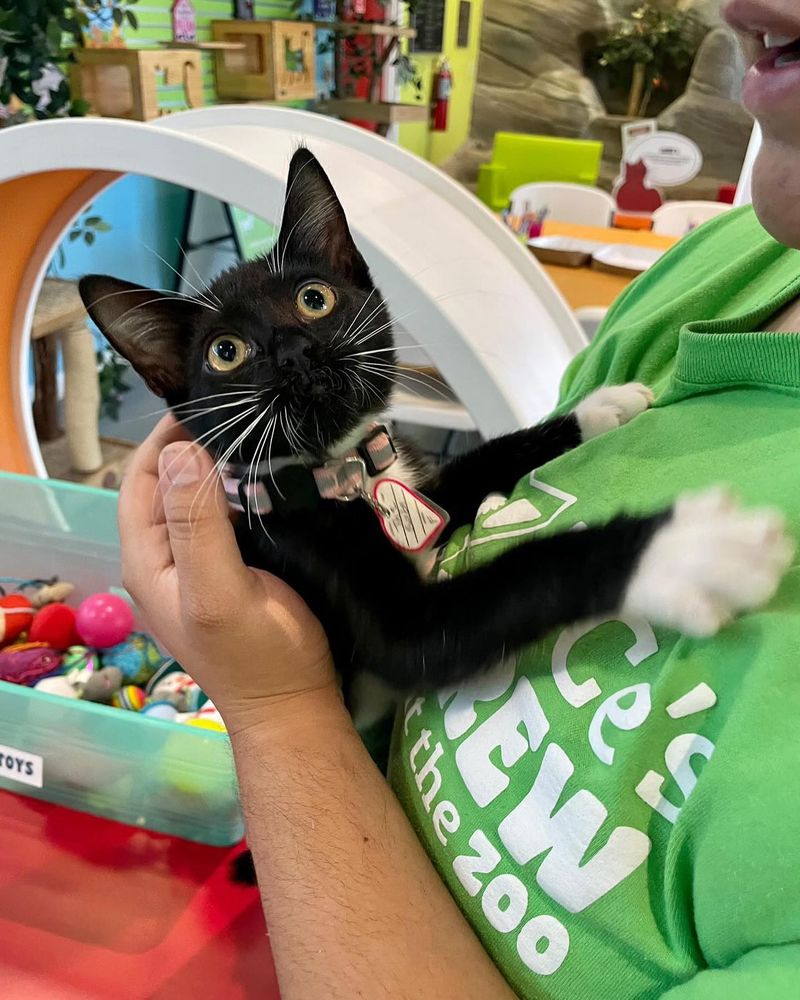
Adopting a cat is much like forming a new friendship—meeting in person can reveal chemistry and connection. Spend time at shelters or adoption events, observing how cats interact with you and each other.
This firsthand experience is invaluable in choosing a cat that meshes well with your family. Nonverbal cues, such as a cat’s approach or reaction to touch, provide insight into potential bonds. Personal interaction is the cornerstone of a successful adoption.
Factor in Other Pets

If your household already includes pets, consider a cat that complements your current four-legged family. Some breeds, like the Norwegian Forest Cat, are known for their sociable nature and adaptability to multi-pet homes.
Introducing a new cat requires careful planning and observation to ensure harmony. Gradual introductions and monitoring interactions foster positive relationships. Choosing a cat with a compatible temperament helps maintain peace and happiness among all family members.
Grooming Requirements
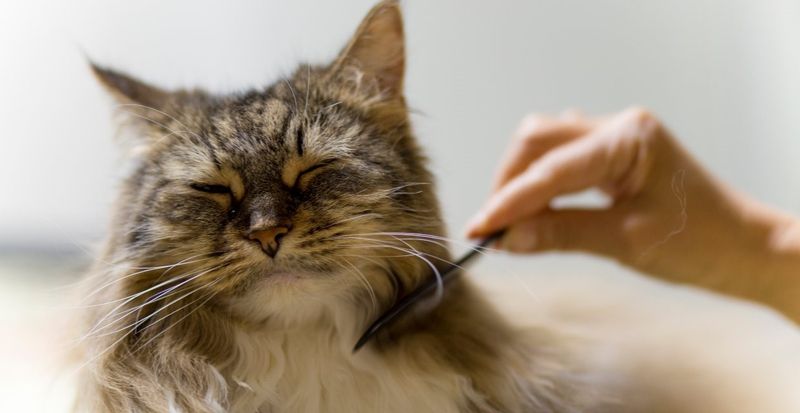
Long-haired breeds like the Persian require diligent grooming to maintain their luxurious coats. Regular brushing prevents matting and reduces shedding around the home.
If time is a constraint, short-haired cats such as the Abyssinian might be more suitable, boasting minimal grooming needs. Understand the grooming commitments associated with different breeds to ensure a fit with your schedule and lifestyle. Proper grooming enhances your bond and keeps your cat healthy and comfortable.
Health Considerations
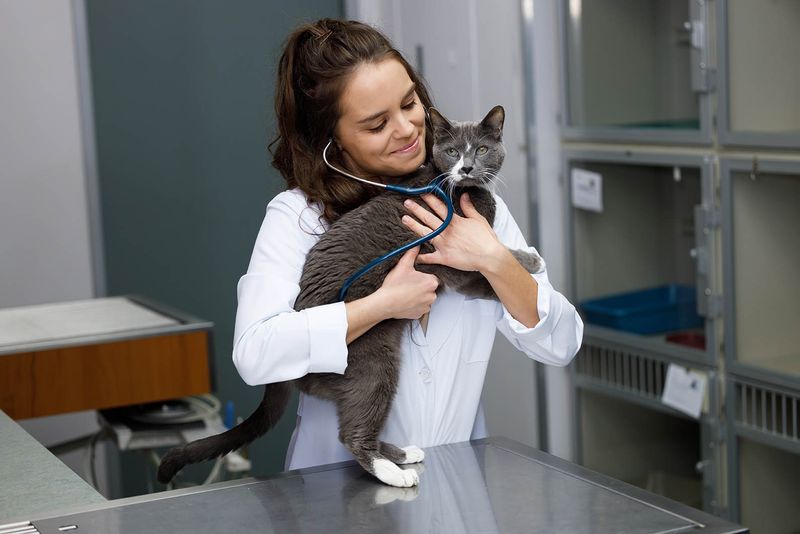
Certain breeds have specific health predispositions that potential owners should be aware of. For instance, the Scottish Fold is prone to cartilage issues, while Siamese cats may face respiratory challenges.
Regular vet visits and awareness of common ailments can extend your cat’s healthy years. Researching breed-specific health concerns equips you to provide optimal care and anticipate healthcare costs. A healthy cat leads to a happy home, so choose with well-being in mind.
Energy Levels
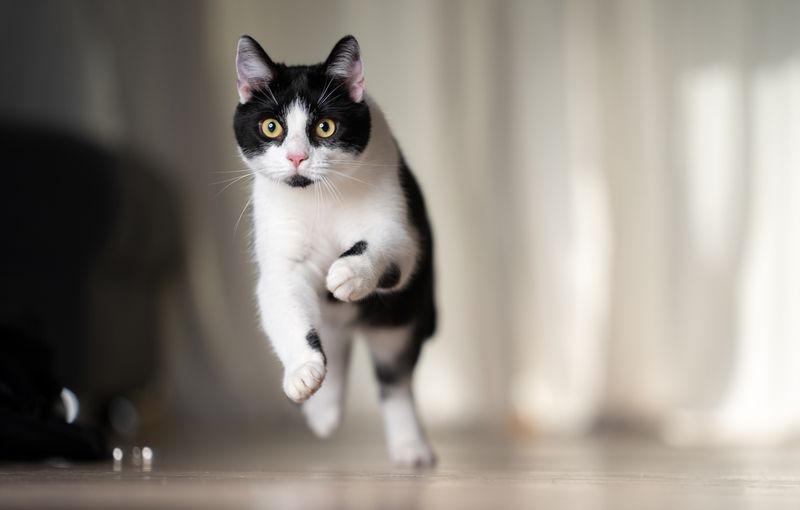
A high-energy cat like the Abyssinian may thrive in a bustling, interactive household. Such cats love playtime and stimulation, keeping everyone entertained.
Alternatively, a laid-back breed like the British Shorthair suits a more relaxed pace, enjoying quiet companionship. Energy compatibility ensures both the cat and family are happy and engaged. Evaluate your household’s activity level and choose a cat that fits seamlessly into your daily rhythm.
Adoption vs Buying
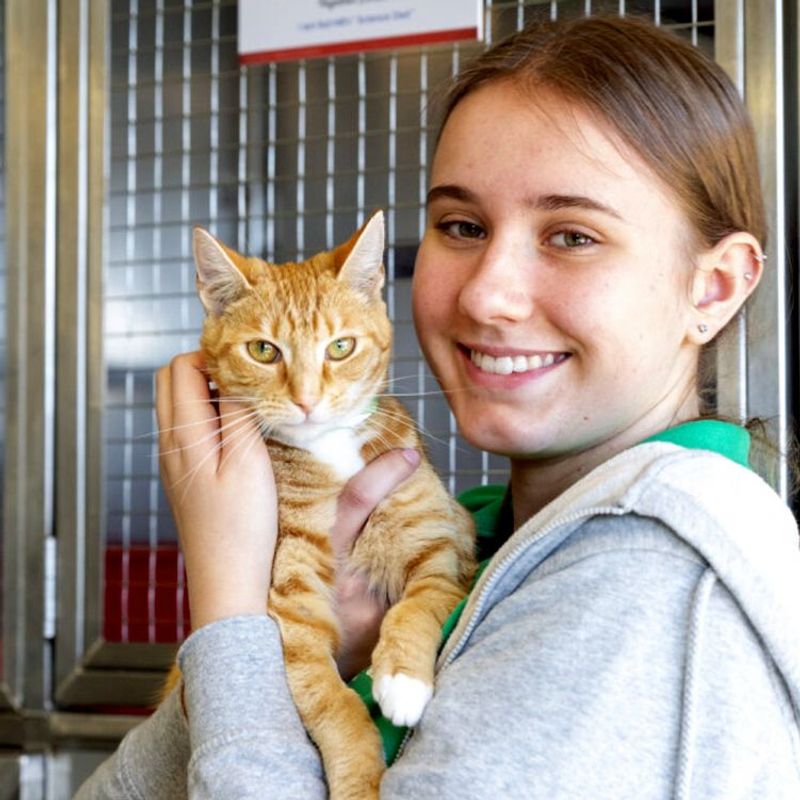
Choosing between adoption and buying involves ethical and practical considerations. Adoption centers offer a variety of cats needing homes, often including rescues and strays.
Breeders provide specific breeds with known lineages, which might appeal to those with particular preferences. Evaluate your priorities, whether it be giving a home to a rescue or acquiring a pedigree cat. Whichever path you choose, the aim is to find a loving home for an animal in need.
Consider Future Plans
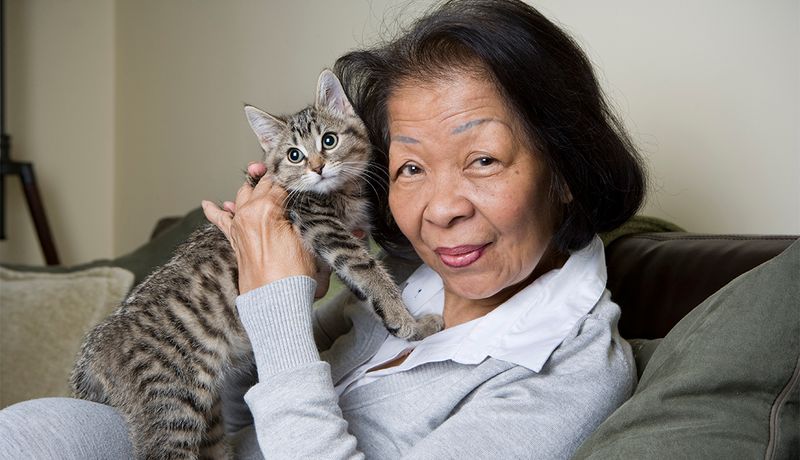
Life changes, and so do your responsibilities. Consider future plans when choosing a cat, such as potential moves or family expansions. Some cats adapt better to change, while others prefer consistency.
A long-term view ensures your choice remains suitable throughout various life stages. Responsible pet ownership includes anticipating how future changes might affect your feline companion. Plan thoughtfully for a lasting, harmonious relationship.
Budget for Cat Care

Owning a cat involves financial commitments beyond initial adoption or purchase. Regular expenses include food, litter, grooming, and veterinary care. Some breeds may incur higher costs due to specific needs or health requirements.
Prepare a budget to accommodate these ongoing costs, ensuring you’re financially equipped to provide a comfortable life for your cat. Budgeting wisely prevents unexpected surprises and guarantees a stable, loving home for your new pet.
Consult Family Members
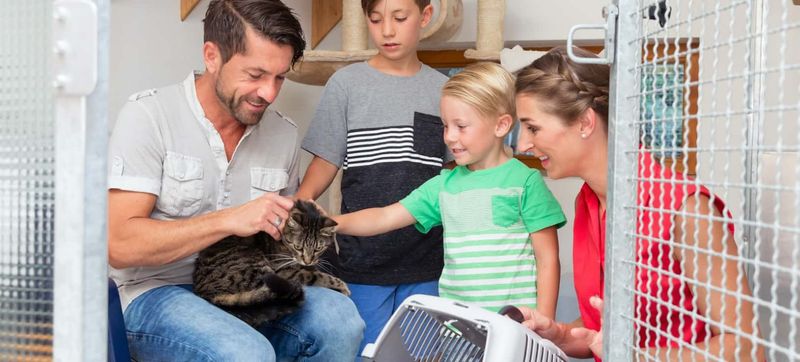
Bringing a cat into your family is a collective decision. Gather input from all members to ensure everyone is on board with the choice. Consider preferences, responsibilities, and any concerns to arrive at a consensus.
Open communication fosters a shared commitment to care and strengthens family bonds through mutual responsibility. Understanding each member’s expectations aids in selecting a cat that everyone will cherish and nurture.
Trust Your Instincts
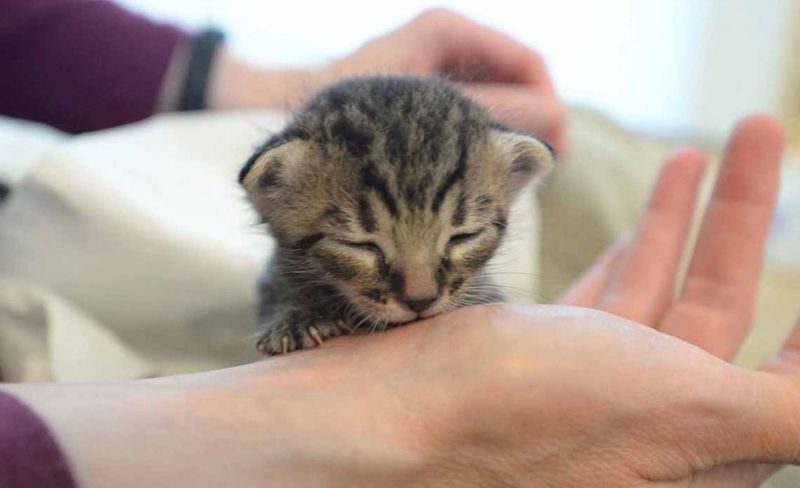
While research and preparation are vital, trusting your instincts can be equally important when choosing a cat. Sometimes, a particular cat just feels right, sparking an immediate connection.
This gut feeling often leads to a rewarding relationship, rooted in mutual affection and understanding. Balance your head and heart to find a feline friend that truly resonates with your family. Instincts can guide you to the cat that’s meant to be yours.

